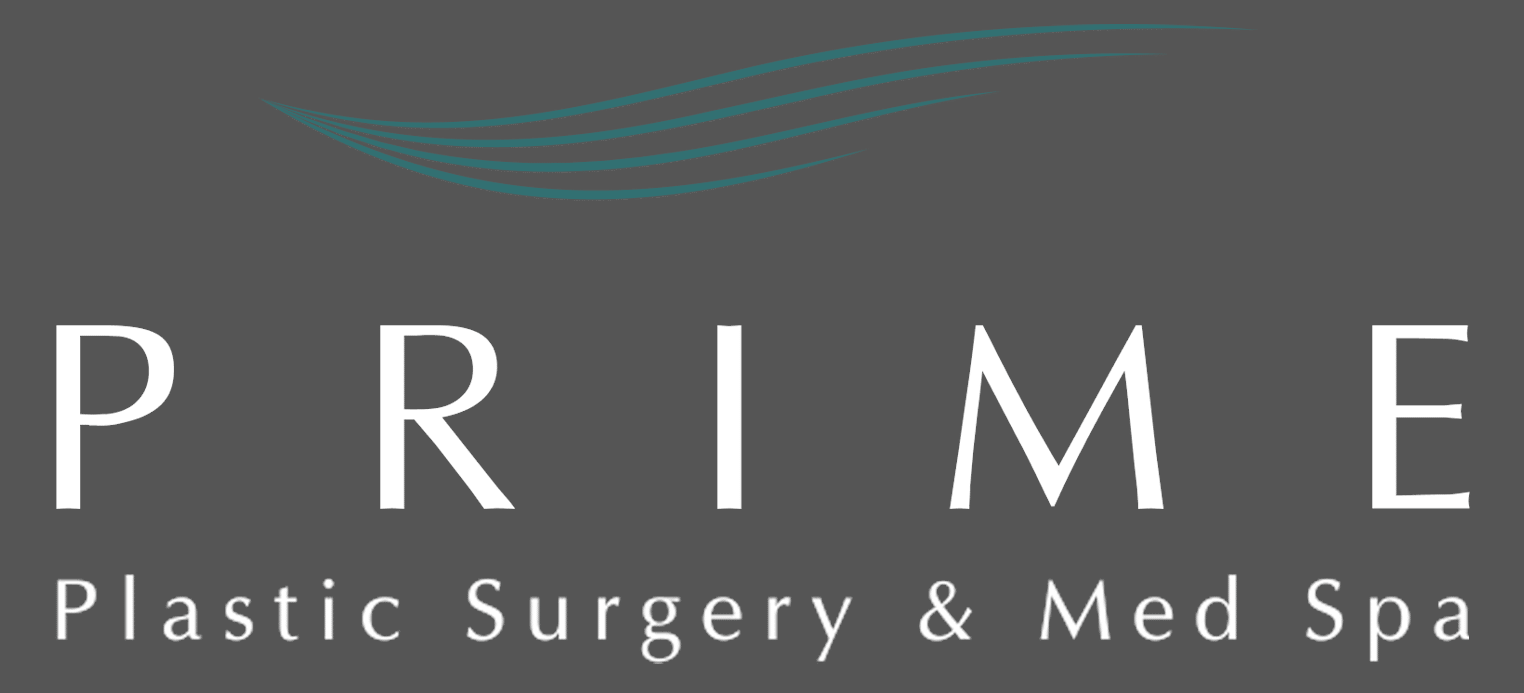For almost all cosmetic surgery procedures performed by Dr. Singer, one of our board-certified anesthesiologists will be with you. In the Singer Surgical Centre, the two most common types of anesthesia are monitored sedation and general anesthesia.
Monitored Sedation
For many surgeries, intravenous monitored sedation, called Monitored Anesthesia Care (MAC), is an ideal anesthetic choice. You will be completely asleep during this type of anesthesia, but it is “lighter” (uses less medication) than a standard general anesthetic, allowing for a fast, smooth, and comfortable wakeup and recovery once the procedure is over.
Monitored sedation also avoids breathing tubes and anesthetic gases, both of which are common during standard general anesthesia. Instead, monitored sedation employs sedative medications given intravenously by the anesthesiologist, together with local anesthesia placed by Dr. Singer.
The numbing effect of the local anesthetic greatly reduces the amount of intravenous medication that is needed to keep you asleep during surgery.
Facelifts, necklifts, eyelid surgery, some nasal surgeries, and small areas of liposuction are usually accomplished very easily with monitored sedation. During surgery, the anesthesiologist monitors your vital signs, just as during a general anesthetic.
In some other surgical settings (cataract surgery, endoscopies, etc.), a lesser degree of sedation is sometimes given, during which the patient is relaxed but still awake. This lighter degree of sedation is usually not used in Dr. Singer’s office, except for certain very minor procedures.
General Anesthesia
General anesthesia is used for more involved operations, such as tummy tucks, breast procedures, more extensive nasal surgery, standard liposuction, and some facelifts. It is the same technique usually used in hospitals and surgicenters for operations such as appendectomy, gallbladder surgery, laparoscopic surgery, and many orthopedic surgeries.
In the past few decades, sophisticated monitoring techniques and new highly refined medications have combined to make general anesthesia very safe, and recovery from it is smoother and faster than previously. General anesthesia uses anesthetic gases as well as intravenous medicines and often involves a breathing tube (placed after you are asleep). For more details about general anesthesia, please see below.
Your Anesthesiologist
Before meeting you, your anesthesiologist reviews your medical record thoroughly, including your health history and the procedure(s) that will be performed, and discusses your case with Dr. Singer. The evening before your surgery, your anesthesiologist will call you to answer any questions you have about your anesthesia and will meet and talk personally with you on the morning of your surgery.

Dr. Singer works exclusively with board-certified anesthesiologists who are members of ASMG, Inc., San Diego’s premier anesthesiology medical group. Your anesthesiologist will not only deliver your anesthesia but will provide a continuing medical assessment of your condition by monitoring vital life functions such as heart rate and blood pressure. They will control your level of anesthesia and will be there as you awaken after surgery. Their role in your surgical experience is a very important one. That is why we are committed to providing high levels of competency in the area of anesthesia. Your safety is our greatest concern.




